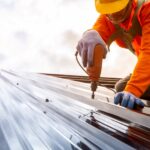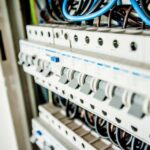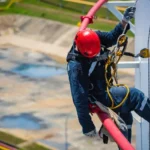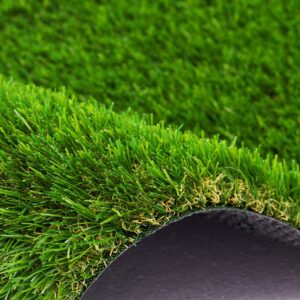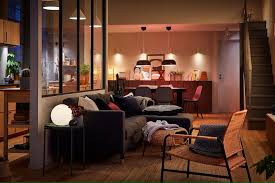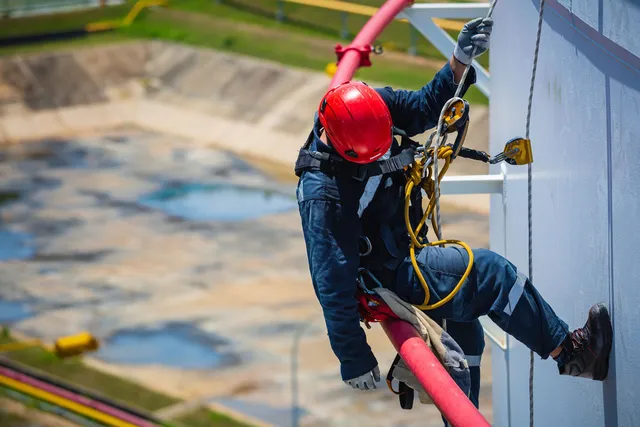Whether you are after having your lawn covered with some exuberant and fresh real turf to feel the nature, or going for some low maintenance synthetic turf, both have some fors and againsts for sure.
So many people prefer artificial grass over real ones owing to the labor that they have to go through in mowing, edging, fertilizing, and watering the fresh grasses of their lawn. Over the past decades, it has become consumers’ choice due to its easy maintenance, pet-friendly manufacture, mud-free and grass-stain-free nature.
But is the faux turf all hassle-free? The answer would actually be NO.
So what are the disadvantages of artificial grass? Installation expense, physical impact, texture issues might be some of your concerns. Let’s find out the drawbacks before you decide to tear down your prevailing lawn!
What Are The Disadvantages Of Artificial Grass?
To keep you informed about what the disadvantages of artificial grass are, we have come up with some factors you need to be considerate of. Let’s see what these are.
Installation Expense
If you want the finest turf for your lawn and need it to be fixed prominently to the ground, it can be quite expensive to set up. Actually, it’s like a long-term investment, and so the high cost.
The outlay includes grass removal, preparing the ground, and materials like artificial grass, weed membrane, infill, seaming tape, grano base, and so on, if you’re doing the groundwork and grass fitting yourself.
The modern synthetic turf is more like immutable setups and you can’t certainly remove it without a hitch once installed!
Heat Up And Sun Damage
Compared to natural grass which makes your yard cooler, the artificial ones tend to retain heat from sunlight and can reach temperatures as high as 150-160 degree Fahrenheit. Being directly exposed to the sun for the majority of the day, they act as an environmental heater, making it too scorching for you to stroll or play on.
Again the older turfs used to lose color in hot weather, though at present there is mostly UV resistant turf, consider this factor while replacing your lawn.
To keep the grass cool, you can choose grass with cooling technology, which will assuredly increase your budget. Or some sand infill will help too.
Odor Build Up And Lack Of Natural Smell
Nothing can beat the smell of freshly mowed grass in the morning. You will regret not enjoying this scent in artificial turf.
Again, if you delay cleaning the messes up off your lawn, they will degrade from bacteria just the way natural grasses do. If you have pets, then their urine and feces can damage the grass.
If your infill is prone to holding urine, it can be a problem.
Environmental Impact
As artificial turf is a petroleum-based product, it generates some waste pollution during its manufacture.
Again, while some are made with partially recyclable materials, most are non-biodegradable. So after long-term use, it will eventually end up in a junkyard or depot.
Moreover, the runoffs from it may contaminate the sewerage system and nearby surface waters.
Final Thoughts
Now that you have got to know the cons, decide for yourself if the disadvantages of artificial grass outweigh the advantages.
There just aren’t so many negatives for synthetic grass. Available in a range of blade lengths and textures, the artificial turfs play quite a convincing role in fooling people to think of it as real.
If you think that it is right for you, there are some factors you need to keep in mind. Firstly, product quality and accurate installation will play a greater part in the performance and lifetime of your turf. Secondly, you need to broom down the grass with a brush, remove debris, and cleanse with a hose on a regular basis for a longer lifespan of your lawn.
Replacing your real lawn with an artificial one is a great option if you can maintain it the right way.

